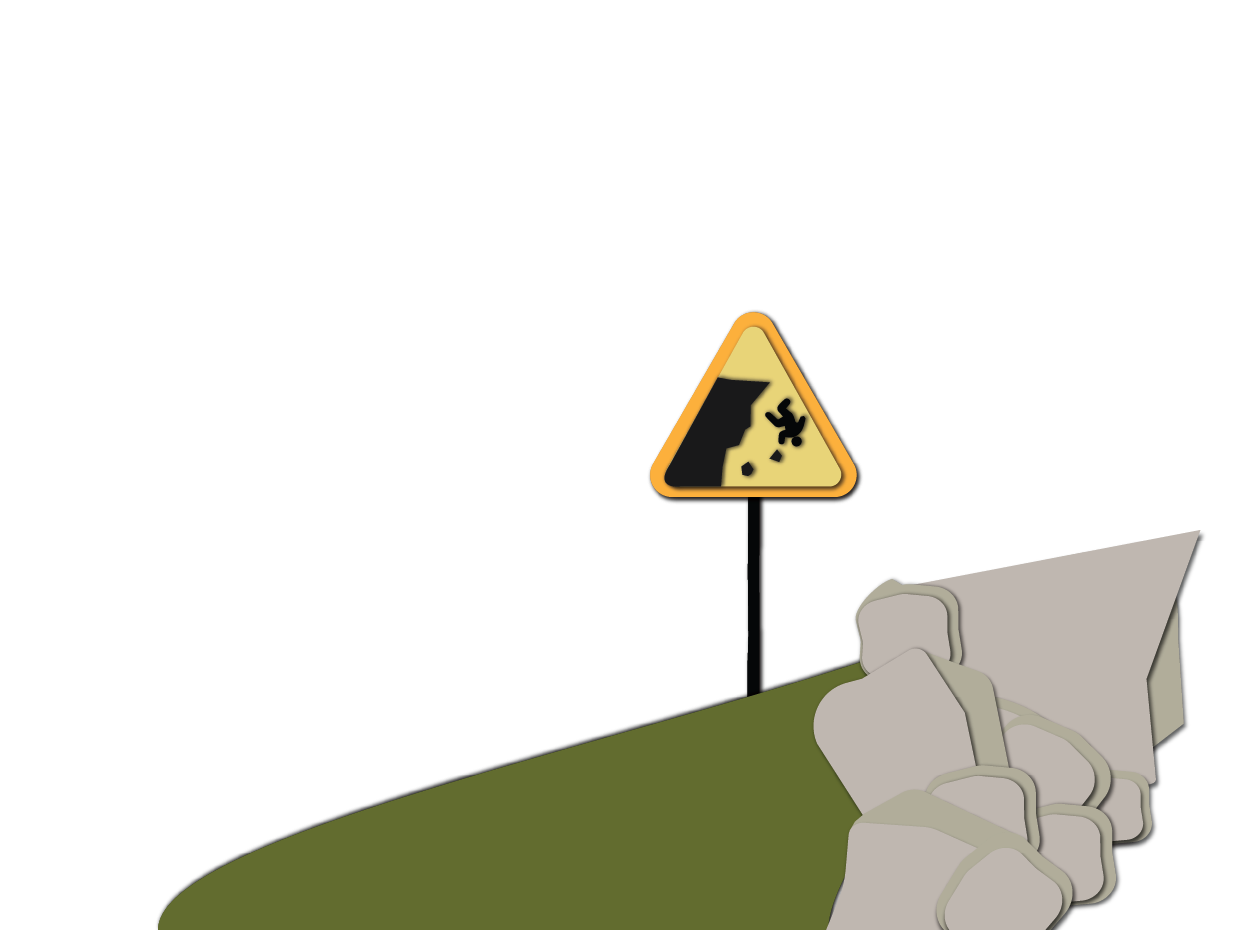It’s important to protect your financial information. In particular, it can help you to avoid identity theft and financial fraud.
Regularly review this checklist.
Keeping your personal information safe
| ✓ | Keep your personal identity information private, including your social insurance number, date of birth, driver’s license number, etc. Only carry the identity documents you need in your wallet. |
| ✓ | Store personal documents in a secure place. |
| ✓ | Never reply to an email or phone call asking you to provide personal information. |
Protecting your personal information online
| ✓ | Frequently clear your logins, passwords and browser history, especially when using a public computer or network. |
| ✓ | Keep your anti-virus software up to date and regularly change your passwords. |
| ✓ | Set better passwords using a combination of letters, characters and numbers. Or, use a password manager that will generate strong passwords that are securely encrypted. |
| ✓ | Use secure and trusted websites. Learn to spot fake websites and verify legitimate ones. |
| ✓ | Use multi-factor authentication (MFA). MFA uses more than one verification factor to authenticate the user before you can use an application, online account, or a VPN. For example, having a secure code sent to your cellphone that you need to enter into your website before you can use it can help protect you. |
If you’re getting texts from seemingly legitimate sources asking you for personal information, it could be a phishing attempt.
Protecting your financial information
| ✓ | Review your bank and credit card statements, at least monthly, to look for mistakes or unauthorized transactions. Report any issues to your financial institution right away. |
| ✓ | Shred documents you don’t need, such as receipts, bank statements, ATM receipts, cheque stubs, or credit card statements. |
| ✓ | Check your credit report and score annually. Report lost or stolen identification, debit cards or credit cards to your financial institution and Canada’s credit rating agencies immediately. |
Taking these steps more frequently means you’ll build the habit and it will feel easier the more often you do it. A little bit of caution can add to your security and peace of mind.
Remember, report identity theft or any other type of personal financial fraud to police as soon as you are aware of it.
If you think that you may be a victim of investment fraud in Ontario, contact the Ontario Securities Commission (OSC) at 1-877-785-1555.
